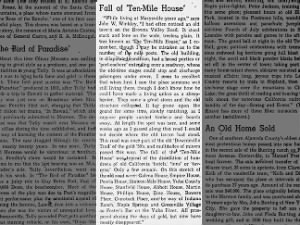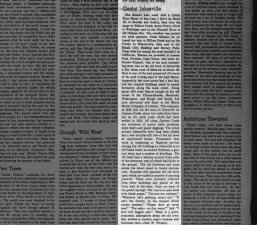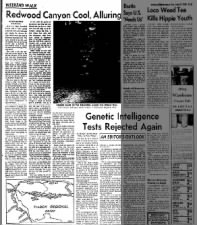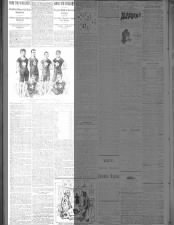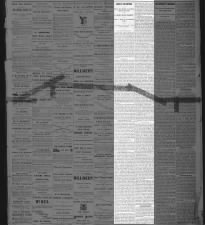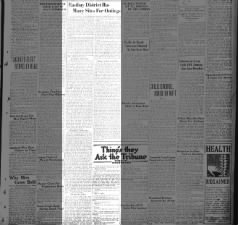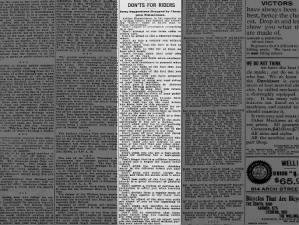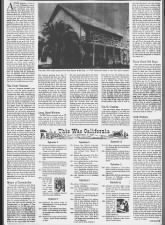 California state capitol, timeline, Downieville, Lavezzola, gold, Sun, Sep 6, 1959 – 35 · Oakland Tribune (Oakland, Alameda, California, United States of America) · Newspapers.com
California state capitol, timeline, Downieville, Lavezzola, gold, Sun, Sep 6, 1959 – 35 · Oakland Tribune (Oakland, Alameda, California, United States of America) · Newspapers.comANYONE preparing a toast for next Wednesday's observance of California's 109th birthday anniversary can't afford to overlook San Jose, first capital of the state following the Constitutional Convention at Monterey in 1849. It was by a vote of 23 to 14 that the Monterey convention chose San Jose as California's capital. Here's the way Clyde Arbuckle, secretary of San Jose's Historic Landmarks Commission tells the story: "The San Jose delegates and lobbyists had done their work well. Now San Jose had only to provide a statehouse, which was not easy in a town that had no funds and was composed of tents, shanties and one-story adobes. Fortunately, two Frenchmen Pierre Sainsevain and Zepheryn Rochon [Other sources say this was Charles Roussillon, who perhaps had an alias "Rochon"? See bottom of this post for a transcription of the linked article. - MF] were building a two-story adobe which they intended to use as a hotel. It was 60 feet long by 40 feet wide, and located on the east side of the Plaza between San Fernando and San Antonio Streets. The San Jose authorities proposed to rent it as a capitol for $4,000 a month, but better counsel prevailed. It was bought outright for $34,000, the deal being financed by 19 public-spirited -citizens who gave their joint note for the money. In order, to secure their loan these citizens took a mortgage on certain public property known as pueblo lands. On Dec. 15, 1849, a little over a month after California's first general election, the first Legislature convened in this 'hotel statehouse.' But since the building was yet incomplete, only the assembly could find enough room in it. The Senate had to meet for a while in the dwelling of Isaac Branham at the southwest corner of the Plaza where San Jose's civic auditorium now stands.
